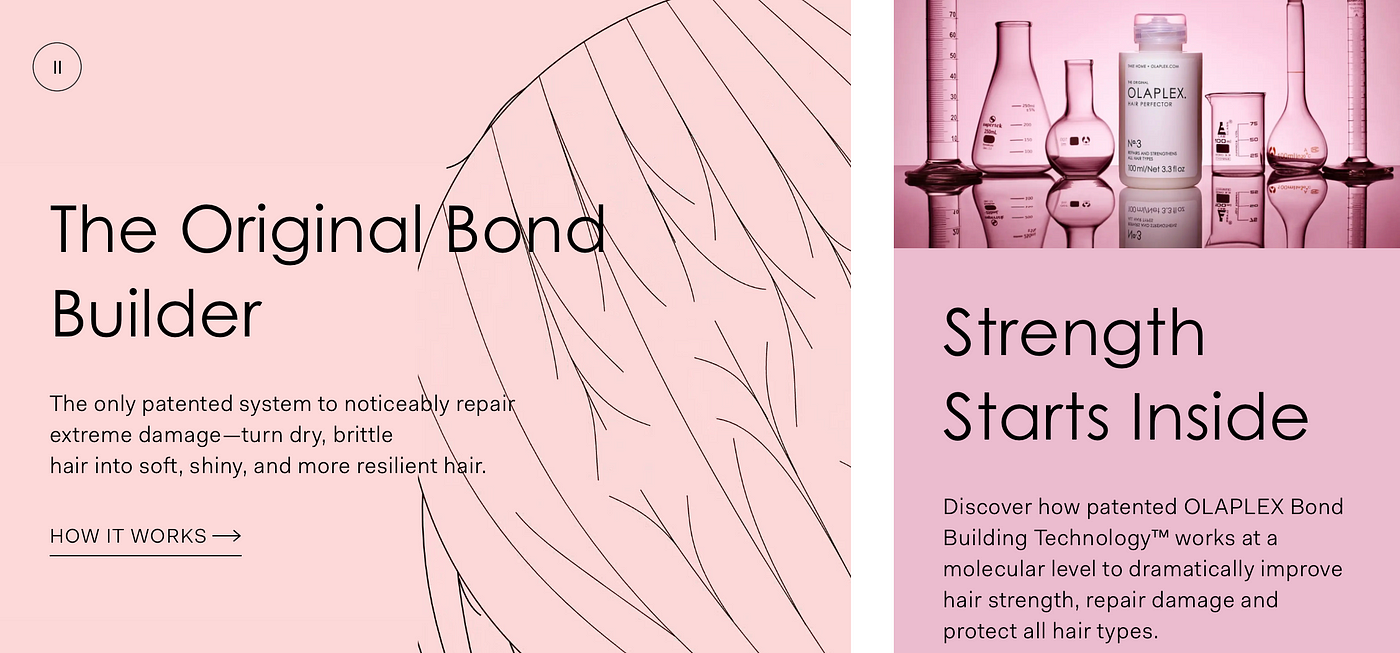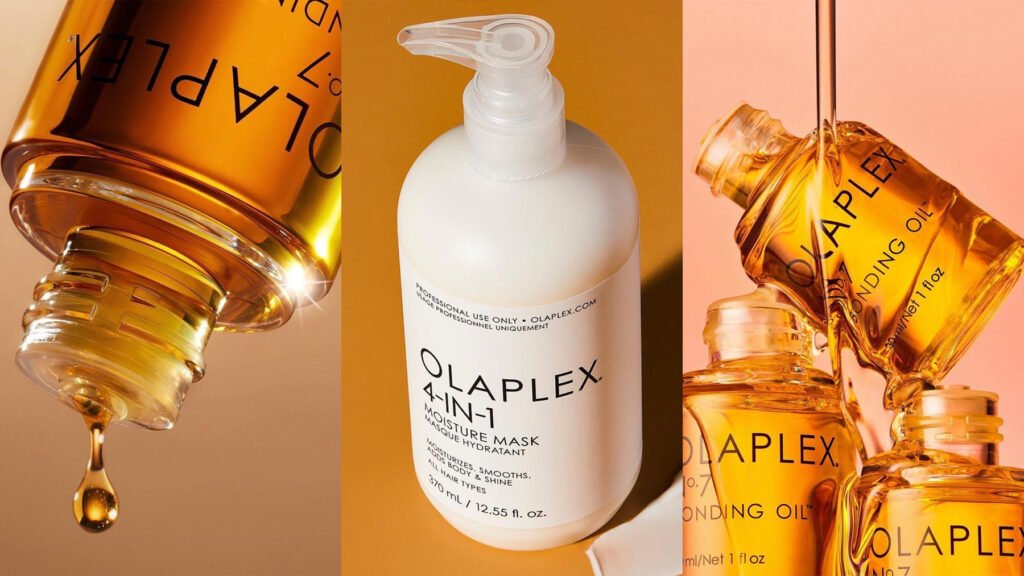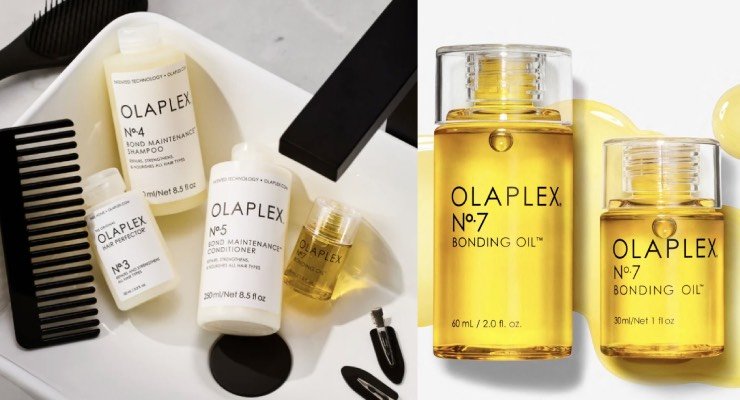Overview
Harnessing Consumer Conversations
Chasing the wave of consumer engagement, a well-known hair care brand jumped on the trend of social media users searching for affordable alternatives to high-end products. The “dupe” craze—basically, people hunting for cheaper versions—really exploded on TikTok.
The brand noticed how often TikTok users tried to imitate its products. One of their most famous items, celebrated for its bond-reinforcing magic, kept popping up as the inspiration for copycats.
Spotting an opportunity, the company launched a playful marketing stunt with a make-believe product. They leaned into the online chatter about dupes, hoping to underline what made their original special.
They brought in more than a hundred influencers from all sorts of backgrounds. These folks hyped up an unboxing event for a product that, honestly, didn’t even exist.
That unboxing took off on TikTok, showing just how much influence the platform has in the hair care industry. The mock product looked almost identical to their hero hair perfector, just with a cheeky new name.
This prank spurred a fresh wave of online talk around the brand and its place in the hair tech world. Millions of people used the campaign hashtags, showing just how much the community cared about the brand and its stuff.
They didn’t just stick with beauty influencers. The campaign also featured personalities who looked a lot like celebrities, which added a twist of fun and curiosity.

You’ll spot the brand everywhere—online, in beauty stores, and even in brick-and-mortar shops. Even though sales hit a bit of a slump, the company kept pushing its presence with clever marketing.
When they shipped out the fake product, they didn’t keep up the act for long. The first handful of people who ordered it got the real hair care treatment along with a note explaining the prank.
After the reveal, the brand stayed active on social media. They rolled out creative content, including wild deepfakes, to hammer home the point that their formulas and bond-building technology can’t really be copied.
The campaign marked the brand’s first partnership with an agency like this, and the response was huge—tons of impressions and views flooded in.
They didn’t keep it local, either. The campaign spoke to people all over the globe, showing that the brand’s message had universal appeal.
Social media conversation is at the heart of everything this brand does. Social media listening isn’t just a buzzword for them—it’s how they operate.
They’ve come a long way from early Facebook days and now thrive in TikTok’s fast-paced world. Their following on the platform is impressive, and it really shows how much social media shapes their playbook.
By paying attention to social media trends, the brand can jump into conversations as they’re happening—or even kick off new ones. One viral hashtag led to their first big TikTok challenge, which racked up billions of views in just days.
TikTok’s become the place for hair content, especially with younger crowds who set the trends and have growing buying power. The company knows this audience is key to where beauty is headed next.
Frequently Asked Questions

What methods did Olaplex use to promote their brand on social media?
Olaplex leaned into creative tactics, like a tongue-in-cheek campaign built around a fake product called “Oladupé.” They repackaged their famous No. 3 and played with the whole “dupe” thing, poking fun at copycats while keeping things light. This approach fit perfectly with TikTok’s vibe and drew in users who love the dupe trend.
How did Oladupé’s promotional efforts stand out compared to others in the market?
The Oladupé campaign went for humor and a creative twist. Instead of traditional ads, they made fun of knockoffs, positioning themselves as the real deal. This meta strategy didn’t just spark curiosity—it let Olaplex steer the dupe conversation themselves.
What are the main components in alternatives to Olaplex, and how do they stack up?
Most dupe products use stuff like keratin, proteins, and basic conditioners to copy Olaplex’s effects. But Olaplex has its own patented bond-building tech, and that’s the real game-changer. Without it, dupes usually offer general hair repair—good, but not quite the same targeted results.
How did TikTok influencers influence the rise of Olaplex and similar products?
Beauty influencers on TikTok have kept Olaplex front and center. Their reviews, tutorials, and trend videos reach massive audiences, often comparing Olaplex to cheaper options. That buzz has fueled demand for both the original and the dupes, especially among people chasing the latest looks.
Is it possible to evaluate the performance of Olaplex dupes, and what factors are considered?

You can judge alternatives by looking at customer reviews, satisfaction, and side-by-side tests with the original. People focus on things like hair softness, strength, and manageability. Social media chatter and user feedback also help paint a picture of how well a product actually lives up to consumer expectations.
How does the perception of brand authenticity shape the success of hair care campaigns?
People tend to trust and stick with brands that feel real and honest. When Olaplex tackled the copycat trend head-on, you could sense their confidence in what they offer.
This kind of trust, especially when paired with clever campaigns, can really boost a brand’s presence in the crowded beauty world.







































